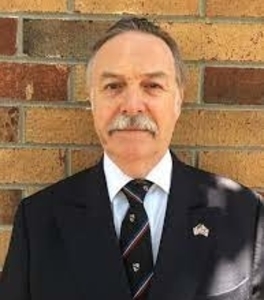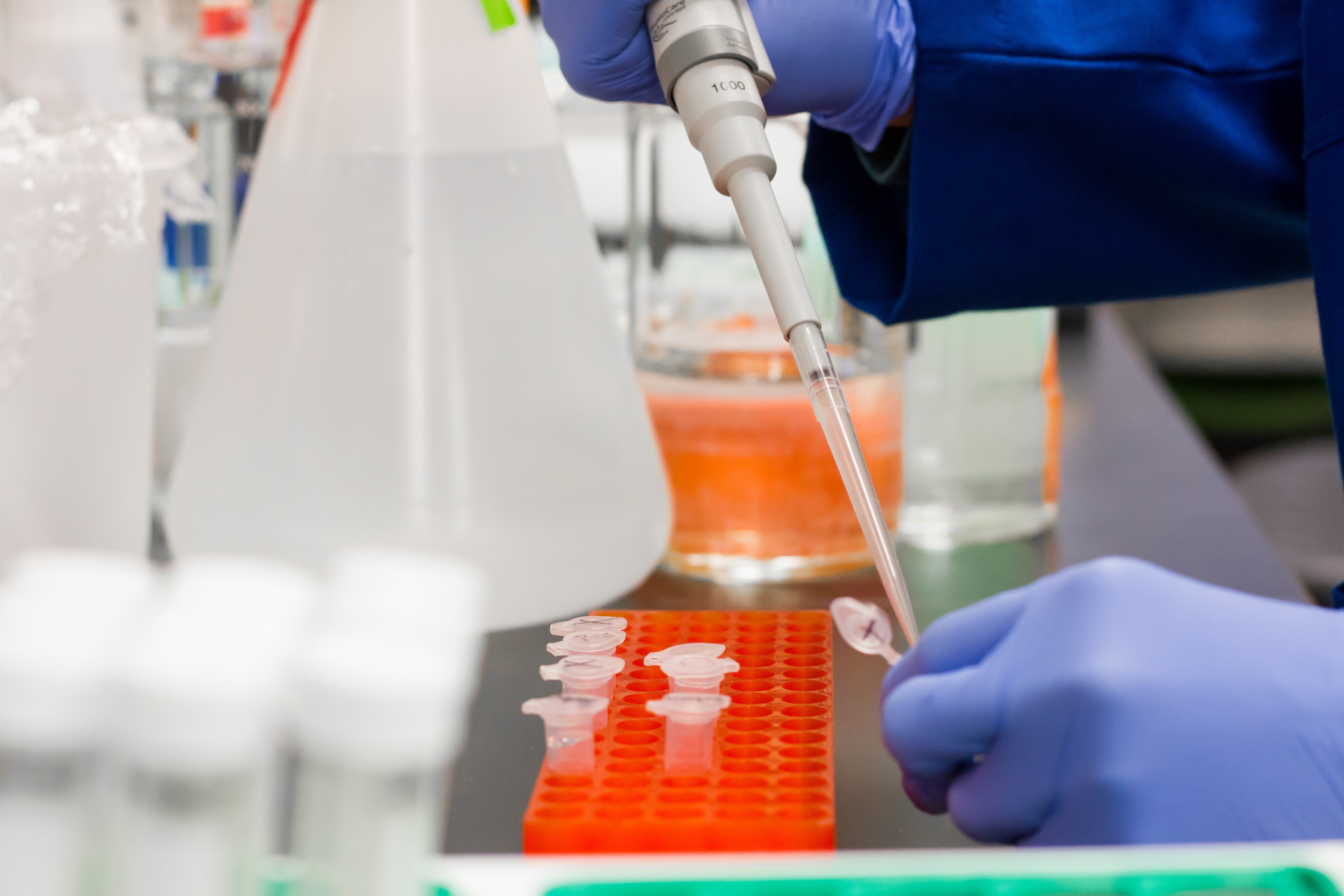The nominations committee is now inviting expressions of interest from all Society members in good standing for the following positions
- President-Elect (2022 - 2023) --> President (2024-2025)
- Treasurer (2022 - 2023)
- Secretary (2022 - 2023)
- 3x Governors (2022 - 2024)
The President-Elect, Treasurer, and Secretary form the Society for Cryobiology's Executive Committee, along with the President and Executive Director. They hold monthly meetings to discuss current Society business. They also partake in the quarterly Board of Governors meetings, and other duties outlined below. Specifics relating to these roles can be found in the
Society's bylaws.
Society for Cryobiology Governors take an active role in the decision making that guides the Society. Governors participate in quarterly Board meetings and take on leadership responsibilities in various Society committees. They may also be involved in leadership roles in other Society activities of their interest, for example the Annual Meeting, or ad hoc projects.
To express your interest or for an informal discussion regarding the various roles please email Executive Director,
Nicole Evans. Please note all nominations are subject to approval by the nominations committee. This does not affect your right to nomination by petition as outlined in the
Society's bylaws.
If your candidate nomination is accepted or you are nominated by petition you will be required to provide a detailed biography, statement outlining your vision for the Society, and a photograph for the election materials.
The deadline to express your interest in standing as a candidate for Governor is
Monday August 16, 2021. The election will be held October 11-25, 2021.
 Advancing beyond growing and testing individual cell lines in the lab, UF Health scientists have discovered a novel method of cryopreserving lung tissue at -184°F with the intention of studying the impact of the coronavirus and COVID-19 on the tissue. A key ingredient in this new cryopreserving method is a protein found in Antarctic fish which inhibits the formation of ice crystals. “When we thaw these lung tissue cells, they retain many of the original properties from before they were frozen,” said Matthew Schaller, Ph.D., an assistant professor in the UF College of Medicine’s division of pulmonary, critical care and sleep medicine. “The cells are still alive and metabolically active, so they can eat and secrete and, importantly, be infected by virus.”
Advancing beyond growing and testing individual cell lines in the lab, UF Health scientists have discovered a novel method of cryopreserving lung tissue at -184°F with the intention of studying the impact of the coronavirus and COVID-19 on the tissue. A key ingredient in this new cryopreserving method is a protein found in Antarctic fish which inhibits the formation of ice crystals. “When we thaw these lung tissue cells, they retain many of the original properties from before they were frozen,” said Matthew Schaller, Ph.D., an assistant professor in the UF College of Medicine’s division of pulmonary, critical care and sleep medicine. “The cells are still alive and metabolically active, so they can eat and secrete and, importantly, be infected by virus.”
 A world without your favorite wine? At best you'll pay more; at worst you won't get it at all. Climate change and a lack of biodiversity are making some grape and wine varieties obsolete. The French National Institute for Research into Agriculture, Food, and the Environment (INRAE) has launched the cryopreservation of the world's largest collection of historical grapevines. This $12.1 million (€ 10.4 million) conservation center was built to protect and support plant tissue supplied by Domaine de Vassal, a 27-hectare vineyard, with grapevines collected from the 1870s and will be stored in cryobanks of liquid nitrogen at -196°C. INRAE researcher, Phillippe Chatelet says the primary challenge will be the safe regeneration of these vine tissues.
A world without your favorite wine? At best you'll pay more; at worst you won't get it at all. Climate change and a lack of biodiversity are making some grape and wine varieties obsolete. The French National Institute for Research into Agriculture, Food, and the Environment (INRAE) has launched the cryopreservation of the world's largest collection of historical grapevines. This $12.1 million (€ 10.4 million) conservation center was built to protect and support plant tissue supplied by Domaine de Vassal, a 27-hectare vineyard, with grapevines collected from the 1870s and will be stored in cryobanks of liquid nitrogen at -196°C. INRAE researcher, Phillippe Chatelet says the primary challenge will be the safe regeneration of these vine tissues.

 Patients in the UK will now have more time to decide their family planning after government changes the egg, sperm, and embryo storage regulations. Presently fertility storage is limited based on medical needs and limited to a 10 year period. After the successful campaign by the Progress Educational Trust, the new regulations will open fertility storage to more people who choose fertility storage for medical or social reasons and provide a 10-year renewable storage cycle for a maximum of 55 years. Fertility advances mean human eggs can be stored indefinitely without deterioration using vitrification, making the current 10-year limit obsolete. Additional conditions surrounding third-party donors and posthumous use will be investigated and regulated separately.
Patients in the UK will now have more time to decide their family planning after government changes the egg, sperm, and embryo storage regulations. Presently fertility storage is limited based on medical needs and limited to a 10 year period. After the successful campaign by the Progress Educational Trust, the new regulations will open fertility storage to more people who choose fertility storage for medical or social reasons and provide a 10-year renewable storage cycle for a maximum of 55 years. Fertility advances mean human eggs can be stored indefinitely without deterioration using vitrification, making the current 10-year limit obsolete. Additional conditions surrounding third-party donors and posthumous use will be investigated and regulated separately.

 In a recent interview with the Hawaiian Public Radio, Mary Hagedorn, a
In a recent interview with the Hawaiian Public Radio, Mary Hagedorn, a 
 Scientists at UC Santa Barbara, University of Southern California (USC), and the biotechnology company Regenerative Patch Technologies LLC (RPT) have discovered a new method for preserving RPT's stem cell-based therapy for age-related macular degeneration (AMD), the leading cause of blindness in aging populations. This new research uses a flexible scaffold, about 18 mm2, to optimize the cryopreservation of a single layer of ocular cells generated from human embryonic stem cells. Currently in clinical trials, this implant can be frozen, stored for long periods, distributed to clinical sites, then thawed and immediately implanted into the patient's eyes. The extended shelf-life and on-demand distribution will increase the number of patients who can benefit from this treatment.
Scientists at UC Santa Barbara, University of Southern California (USC), and the biotechnology company Regenerative Patch Technologies LLC (RPT) have discovered a new method for preserving RPT's stem cell-based therapy for age-related macular degeneration (AMD), the leading cause of blindness in aging populations. This new research uses a flexible scaffold, about 18 mm2, to optimize the cryopreservation of a single layer of ocular cells generated from human embryonic stem cells. Currently in clinical trials, this implant can be frozen, stored for long periods, distributed to clinical sites, then thawed and immediately implanted into the patient's eyes. The extended shelf-life and on-demand distribution will increase the number of patients who can benefit from this treatment.  Back from the dead... Bdelloid Rotifers are multicellular microscopic animals with a wheel-like ring of tiny hairs that circle their mouths and that live in freshwater environments. They've been around for about 50 million years. Now, scientists from the Institute of Physicochemical and Biological Problems in Soil Science in Pushchino, Russia have resuscitated rotifers that froze in ancient Siberian permafrost during the latter part of the Pleistocene epoch (2.6 million to about 11,700 years ago). These researchers drilled to 11.5 feet (3.5 meters) below the Siberia Alazeya River surface to collect their samples. The soil was radiocarbon dated at ~24,000 years old. Once thawed in the lab, these "zombie" rotifers reanimated and began reproducing asexually through parthenogenesis and created clones that were their genetic duplicates.
Back from the dead... Bdelloid Rotifers are multicellular microscopic animals with a wheel-like ring of tiny hairs that circle their mouths and that live in freshwater environments. They've been around for about 50 million years. Now, scientists from the Institute of Physicochemical and Biological Problems in Soil Science in Pushchino, Russia have resuscitated rotifers that froze in ancient Siberian permafrost during the latter part of the Pleistocene epoch (2.6 million to about 11,700 years ago). These researchers drilled to 11.5 feet (3.5 meters) below the Siberia Alazeya River surface to collect their samples. The soil was radiocarbon dated at ~24,000 years old. Once thawed in the lab, these "zombie" rotifers reanimated and began reproducing asexually through parthenogenesis and created clones that were their genetic duplicates. 
 The Drosophila melanogaster fruit fly, a critical genetic research model, has eluded scientist's attempt to cryopreserve the embryos until now. A research team from the University of Minnesota and
The Drosophila melanogaster fruit fly, a critical genetic research model, has eluded scientist's attempt to cryopreserve the embryos until now. A research team from the University of Minnesota and  Improved cryopreservation of embryos in the field of IVF would increase fertility odds for Would-Be parents and the health of their future babies. A research collaboration between the National Institute of Genetic Engineering and Biotechnology in Iran and McGill University and the University of British Columbia in Canada introduce an independent, automated microfluidic system to replace the water with cryoprotectants (CPAs) during the embryo vitrification process. Traditional CPA pipetting techniques can result in abrupt osmotic shock causing molecular damage to the embryos. In this new method, the embryos are placed on a chip that automatically controls the CPA's concentration and flow rate, significantly reducing potential human error. Read the
Improved cryopreservation of embryos in the field of IVF would increase fertility odds for Would-Be parents and the health of their future babies. A research collaboration between the National Institute of Genetic Engineering and Biotechnology in Iran and McGill University and the University of British Columbia in Canada introduce an independent, automated microfluidic system to replace the water with cryoprotectants (CPAs) during the embryo vitrification process. Traditional CPA pipetting techniques can result in abrupt osmotic shock causing molecular damage to the embryos. In this new method, the embryos are placed on a chip that automatically controls the CPA's concentration and flow rate, significantly reducing potential human error. Read the  A research team from
A research team from  The international team of scientists and researchers from the
The international team of scientists and researchers from the 